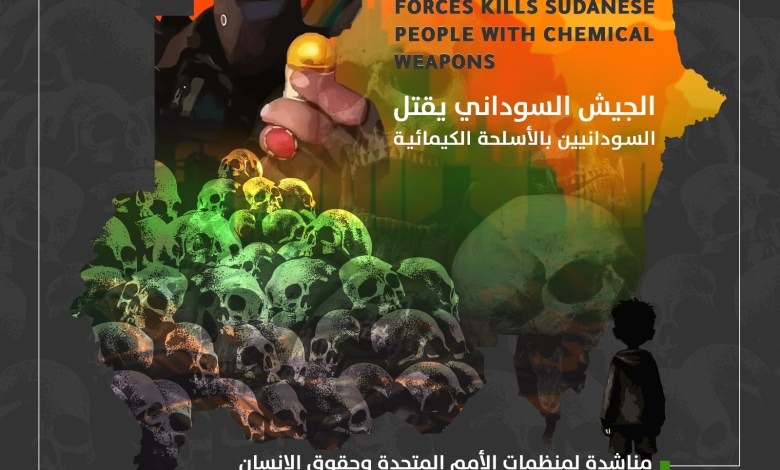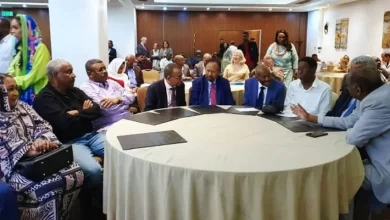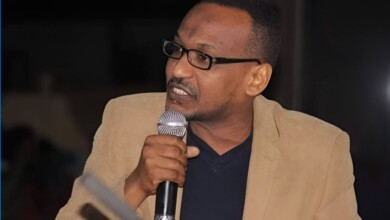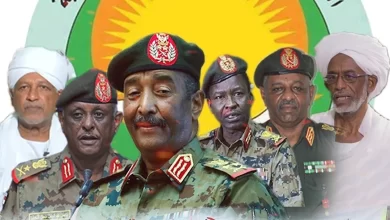Reports on the use of prohibited weapons in Sudan

The situation on the ground in the capital, Khartoum, is increasingly uncertain, with both sides engaged in back-and-forth fighting and relentless exchange of fire and shelling, amidst reports that the Sudanese Armed Forces (SAF) is back to using internationally prohibited weapons.
Eyewitnesses stated that areas east of and in Central Khartoum are witnessing violent clashes, with fighting escalating on several fronts.
While reports indicated that the Rapid Support Forces (RSF) continue to maintain control over strategic weapons depots in western Khartoum, a pro-army platform threatened with the use of mustard gas and chemical weapons in tunnels and areas from which the Rapid Support Forces operate in Central and eastern Khartoum.
This takes place mere weeks after the New York Times (NYT) published a report, citing four US officials, stating that “The Sudanese Army has used chemical weapons at least twice in the battles for control over the country.”
The mystery surrounding the true nature of events in Khartoum deepened after a statement issued by the Rapid Support Forces in response to the Army’s announcement that it had taken control of the Palace overlooking the Blue Nile, which dates back more than a century and has been under the Rapid Support Forces’ control since the outbreak of war in mid-April (2023).
Conflicting statements and reports exist regarding the true nature of control over the territory. While the Sudanese Army claims it has extended its control over large parts of the capital, ongoing attacks on military sites in Omdurman and Khartoum Bahri indicate a significant RSF presence around these areas.
As the fighting escalates, concerns are growing in regards to the humanitarian situation amidst reports of widespread violations against civilians, particularly in the capital, Khartoum.
On Thursday, the United Nations (UN) accused the warring parties of committing serious violations, stating that the aerial bombardment carried out by the Sudanese Army as part of its attempt to regain control over Khartoum has killed dozens of civilians and obliterated large areas of the city’s main landmarks.
According to one of the few remaining residents of the area of Burri, in eastern Khartoum, the northern and eastern parts of the city have turned into an open battlefield, with fighting significantly intensifying for more than a week. He told (Sky News Arabia): “We are trying to leave the area, however, all efforts are to no avail. The roads and exits are closed, amidst relentless exchange of fire and shelling… We are simply awaiting our fate.”
Activists observed widespread destruction in the central and northern regions, amidst reports of dozens of bodies lying on public roads, in a similar manner to what was witnessed during the first weeks of the war.
In parallel with the intensification of fighting, residents of several areas, particularly Omdurman, are complaining of a significant increase in violations, thefts, and arrests.
International and local organizations have accused the Sudanese Armed Forces along with its affiliated fighters of involvement in arbitrary arrests, looting, and other criminal activities in the areas under their control in Khartoum Bahri, East Nile (Sharg Alneel), and Omdurman. The Karari Resistance Committee in Omdurman, northwest of Khartoum, shared that the city is experiencing a systematic looting campaign carried out by soldiers affiliated with the Sudanese Army .





